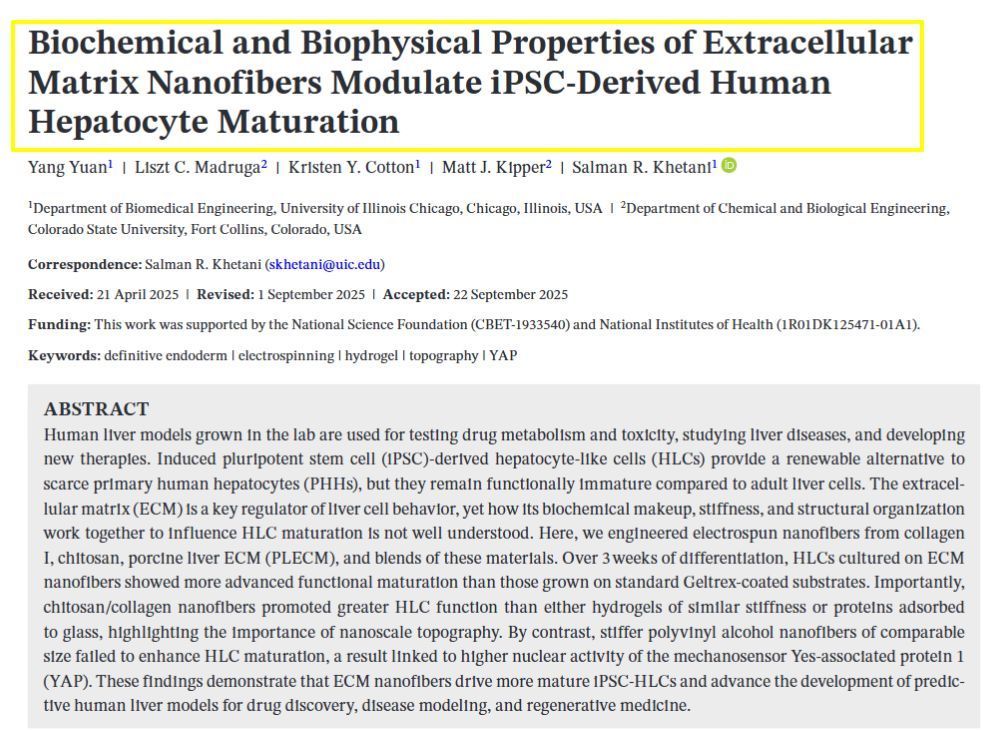Tissue Processing and Sectioning
Tissue processing is a crucial step in preparing biological specimens for microscopic analysis. It involves several stages to ensure that tissue is adequately preserved and hardened, so that thin sections can be created for examination under a microscope. Initially, fixation is employed to preserve tissues using chemicals such as formalin or neutral buffered formalin, which stabilize the tissue structure and prevent decay.
Here is a brief overview of the processing stages:
- Dehydration: Tissues are typically dehydrated in a series of ethanol baths of increasing concentration. This step is essential to remove all water from the tissue sample.
- Clearing: After dehydration, the tissue is cleared in a substance such as xylene, which prepares the tissue for infiltration by displacing the alcohol.
- Infiltration: The cleared tissue is then infiltrated with a medium like paraffin wax or plastic resin to support the delicate tissue structure during sectioning.
- Embedding: Following infiltration, tissues are embedded into a block of the chosen medium to provide stability.
Once the specimen is embedded, sectioning can begin. This involves using a microtome, a precision instrument used to cut very thin sections of tissue. Depending on the type of tissue and the analysis required, either paraffin or plastic resin blocks can be used. Paraffin is more common for routine histology, but plastic resin provides better support for harder tissues. For cryosectioning, tissue may be embedded with optimal cutting temperature (OCT) compound or gelatin.
In sectioning, the microtome blade slices the block to produce sections often only a few micrometers thick. These sections are then mounted onto slides for staining and analysis.
Each step, from fixation to sectioning, is tailored to ensure that the tissue's microscopic structure is well-preserved and that the finest details can be discerned under microscopic inspection.



